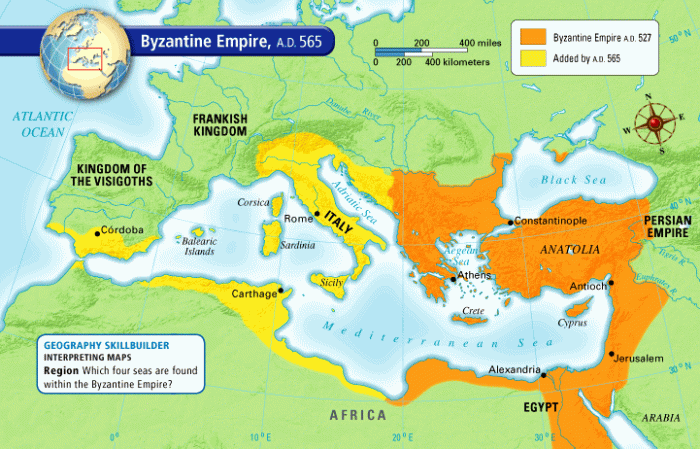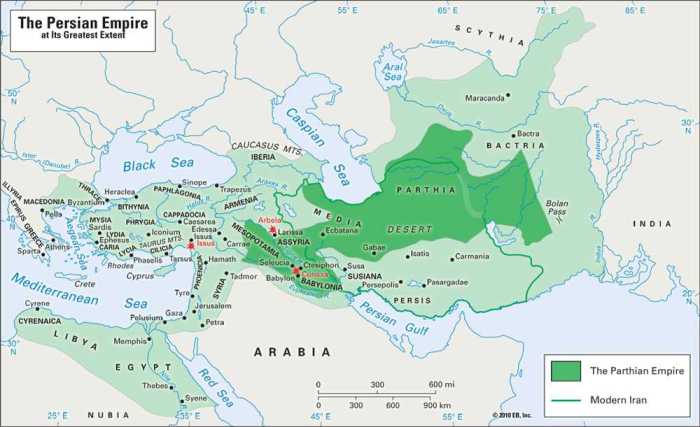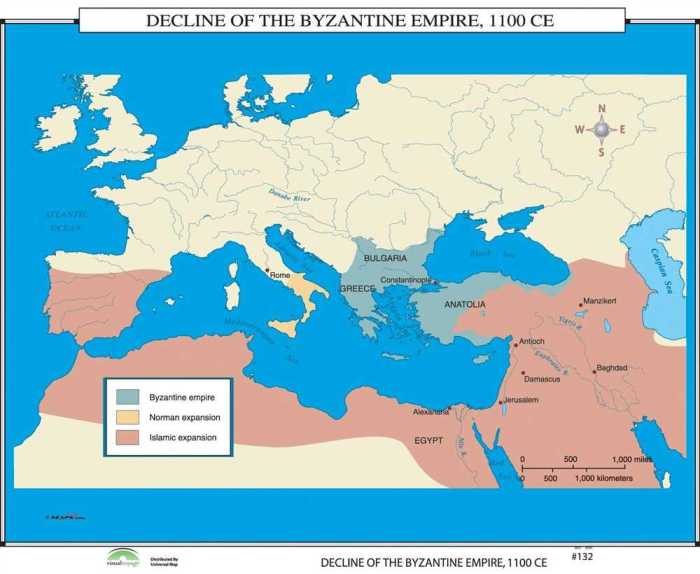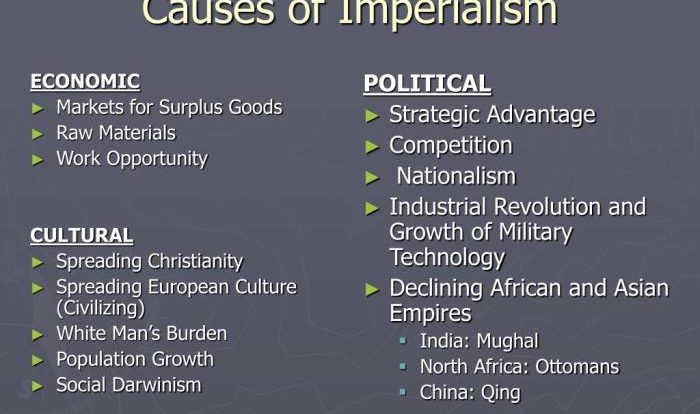Mapping the Byzantine Empire Worksheet Answer Key delves into the intricacies of the Byzantine Empire, providing a comprehensive guide to its historical, geographical, and cultural significance. This answer key offers a deeper understanding of the empire’s origins, expansion, political structure, economic life, cultural achievements, military prowess, and eventual decline.
Through this exploration, readers will gain insights into the factors that shaped the Byzantine Empire’s rise and fall, as well as its lasting impact on world history.
1. Historical Context of the Byzantine Empire

The Byzantine Empire emerged as the eastern half of the Roman Empire after the division of the empire in 395 CE. It was founded by Emperor Constantine I, who established Constantinople (modern-day Istanbul) as its capital in 330 CE. The empire inherited the rich cultural, political, and administrative traditions of the Roman Empire and played a pivotal role in shaping the history of Europe and the Mediterranean region for over a millennium.
Key Events and Periods
- Reign of Justinian (527-565 CE):Justinian I reconquered parts of the western Roman Empire, including North Africa, Italy, and parts of Spain, restoring the empire to its greatest territorial extent.
- Iconoclastic Controversy (726-843 CE):A religious dispute over the use of religious images led to a period of persecution and destruction of icons.
- Macedonian Renaissance (867-1056 CE):A period of cultural and intellectual revival, marked by advancements in literature, art, and architecture.
- Komnenian Dynasty (1081-1185 CE):The Komnenian emperors expanded the empire’s borders and strengthened its military and administrative systems.
- Fourth Crusade (1204 CE):A Western European crusade diverted to Constantinople, resulting in the sack of the city and the establishment of the Latin Empire of Constantinople.
2. Geographical Expansion and Influence

Territorial Extent
At its peak, the Byzantine Empire stretched from the Balkans in the west to the Middle East in the east, and from the Danube River in the north to the Mediterranean Sea in the south. It included territories in present-day Greece, Turkey, Italy, North Africa, and the Balkans.
Factors Contributing to Expansion
- Military strength:The Byzantine army and navy were among the most powerful in the Mediterranean region.
- Diplomatic alliances:The Byzantines formed alliances with neighboring states and played them against each other to secure their borders.
- Economic wealth:The empire’s control of trade routes and its vast agricultural resources provided it with the means to support its military and administrative apparatus.
Impact of Strategic Location
The Byzantine Empire’s strategic location at the crossroads of Europe and Asia made it a major center of trade and commerce. The empire controlled the sea routes between the Mediterranean and the Black Sea, as well as the land routes between Europe and the East.
This strategic location allowed the Byzantines to accumulate vast wealth and influence.
3. Political and Administrative Structure: Mapping The Byzantine Empire Worksheet Answer Key

Political System
The Byzantine Empire was an absolute monarchy, with the emperor holding supreme power. The emperor was the head of state, the commander-in-chief of the army, and the supreme judge. The emperor was assisted by a complex bureaucracy and a council of advisors.
Role of the Emperor and the Bureaucracy, Mapping the byzantine empire worksheet answer key
- Emperor:The emperor was the ultimate authority in all matters of government and religion. He appointed officials, commanded the army, and promulgated laws.
- Bureaucracy:The Byzantine bureaucracy was highly organized and efficient. It was responsible for administering the empire’s vast territories and collecting taxes.
Administrative Divisions
The Byzantine Empire was divided into provinces, each governed by a governor. The provinces were further subdivided into districts, which were administered by local officials. The empire’s capital, Constantinople, was the administrative and political center of the empire.
4. Economic and Social Life
Economic Activities and Industries
- Agriculture:The Byzantine Empire was primarily an agricultural society. The main crops grown were wheat, barley, olives, and grapes.
- Trade:The Byzantines were skilled merchants and traders. They controlled the trade routes between Europe and the East, and their merchants traveled as far as China and India.
- Manufacturing:The Byzantines were also skilled craftsmen. They produced textiles, pottery, glass, and metalwork.
Social Structure and Class System
Byzantine society was hierarchical, with the emperor at the top and the peasants at the bottom. The middle class consisted of merchants, artisans, and professionals.
Role of Religion and the Church
The Byzantine Empire was a Christian state, and the Orthodox Church played a central role in society. The emperor was the head of the church, and the patriarch of Constantinople was the highest-ranking religious official.
FAQ Resource
What was the territorial extent of the Byzantine Empire at its peak?
At its peak, the Byzantine Empire encompassed a vast territory stretching from the eastern Mediterranean to the Balkans, including parts of Asia Minor, North Africa, and Southern Italy.
What were the key factors that contributed to the Byzantine Empire’s decline?
Internal conflicts, external pressures, economic challenges, and the rise of rival powers such as the Ottoman Empire all played a role in the decline of the Byzantine Empire.
What is the significance of the Byzantine Empire’s cultural achievements?
The Byzantine Empire made significant contributions to art, architecture, literature, philosophy, and science, which influenced subsequent civilizations and shaped the cultural landscape of the Eastern Mediterranean.

